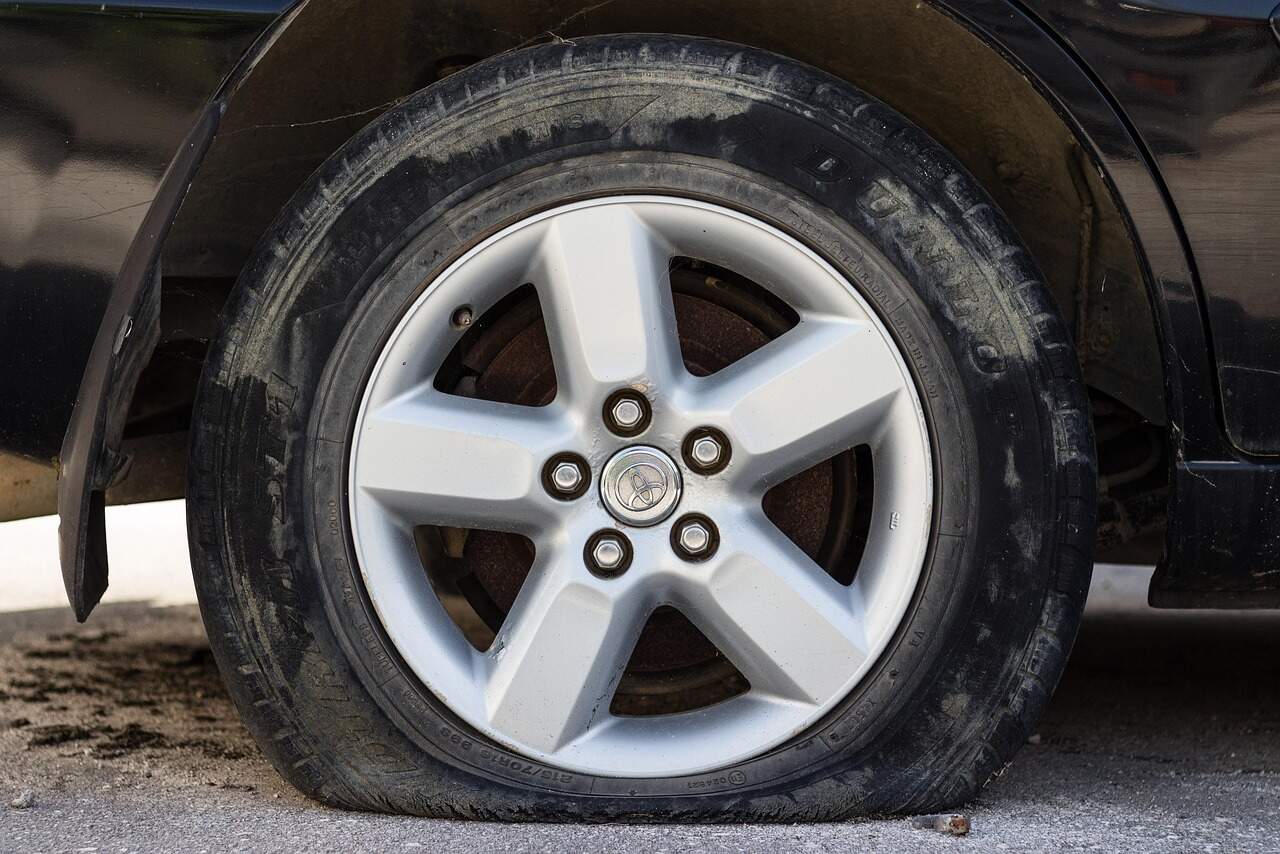Tyres play a significant role in the performance of a Formula One car in Australia as well as around the world. They mean the difference between finishing first and finishing last. After all, tyres help determine speed and even some of the car’s performance. Below, we have provided a synthesis on some of the tyres used in both the 2016 and 2017 races.
Background to the Race
First held back in 1928, The Australian Grand Prix is a motor race held once a year in Australia. It attracts record crowds of many thousands of people. Both interstate and international visitors attend to witness the action. It is the oldest surviving motor racing competition held in Australia having now been held 79 times. Starting in 1985, the race has been a round of the FIA Formula One World Championship. It is held at the Melbourne Grand Prix Circuit, at Albert Park in Melbourne.
Driver’s Performance and Tyres
Drivers like Australian Daniel Riccardo and German Sebastian Vittel would be lost without quality tyres to see them through the finishing line. In fact, it was even said that at the 2017 Australian Grand Prix, Pirelli tyres helped get Vittel to the finishing line. They were on his Ferrari, and he was the winner of the race.
The tyres used in racing have undergone major changes in the history of Formula One, with different manufacturers and specifications used in the sport.
Formula One Tyres (2017 and 2016)
In the 2017 Australian Formula One, Pirelli (sole provider of race tyres) introduced thicker tyres which consisted of wider rubber and were tested extensively in 2016. The 2017 tyres were more durable and reduced the number of pit stops made by drivers during the race.
In 2016, the tyres were more of a softer design. They were the ‘SuperSuperSoft’ range which consisted of a purple band and more pit stops were made by the drivers. The 2017 range will probably continue well into 2018 and perhaps beyond. Pirelli has a long association with Formula One, and is a highly respected Italian tyre brand. Each year, hundreds of Formula One racing cars all over the world feature Pirelli tyres.
Normal Tyres and Formula One Racing Tyres
While all tyres are built with performance in mind, there are some substantial differences between normal tyres and racing tyres. This includes some of the following:
- Durability - normal car tyres like Dunlop and Maxxis are expected to last for generally around 16,000 kilometres, whereas racing car tyres are designed with a much shorter expected lifespan - around 120 kilometres at most.
- Materials- normal car tyres are constructed from durable rubber and a heavy steel or Kevlar-plated radial plies, whilst racing car tyres are often constructed from a special polymer compound mixed with a dual layer of particulate carbon.
- Temperature - racing tyres are designed to withstand high temperatures caused by extreme speed. This doesn’t apply to normal tyres which couldn’t handle such temperatures.
- Speed - This is the obvious one with racing tyres designed to handle going faster over short distances. The opposite is the case with your normal tyres.
Quality Tyres Means Quality Driving
Tyres determine a racing car’s performance and are also the only point of contact between car and track. We see that quality tyres means quality driving. Whether you drive a racing car or just an average car, be sure to stay up to scratch with your tyre maintenance. Contact us today for assistance.



























